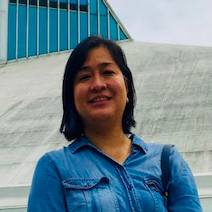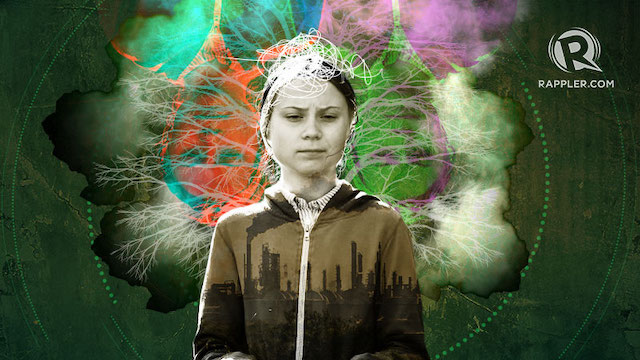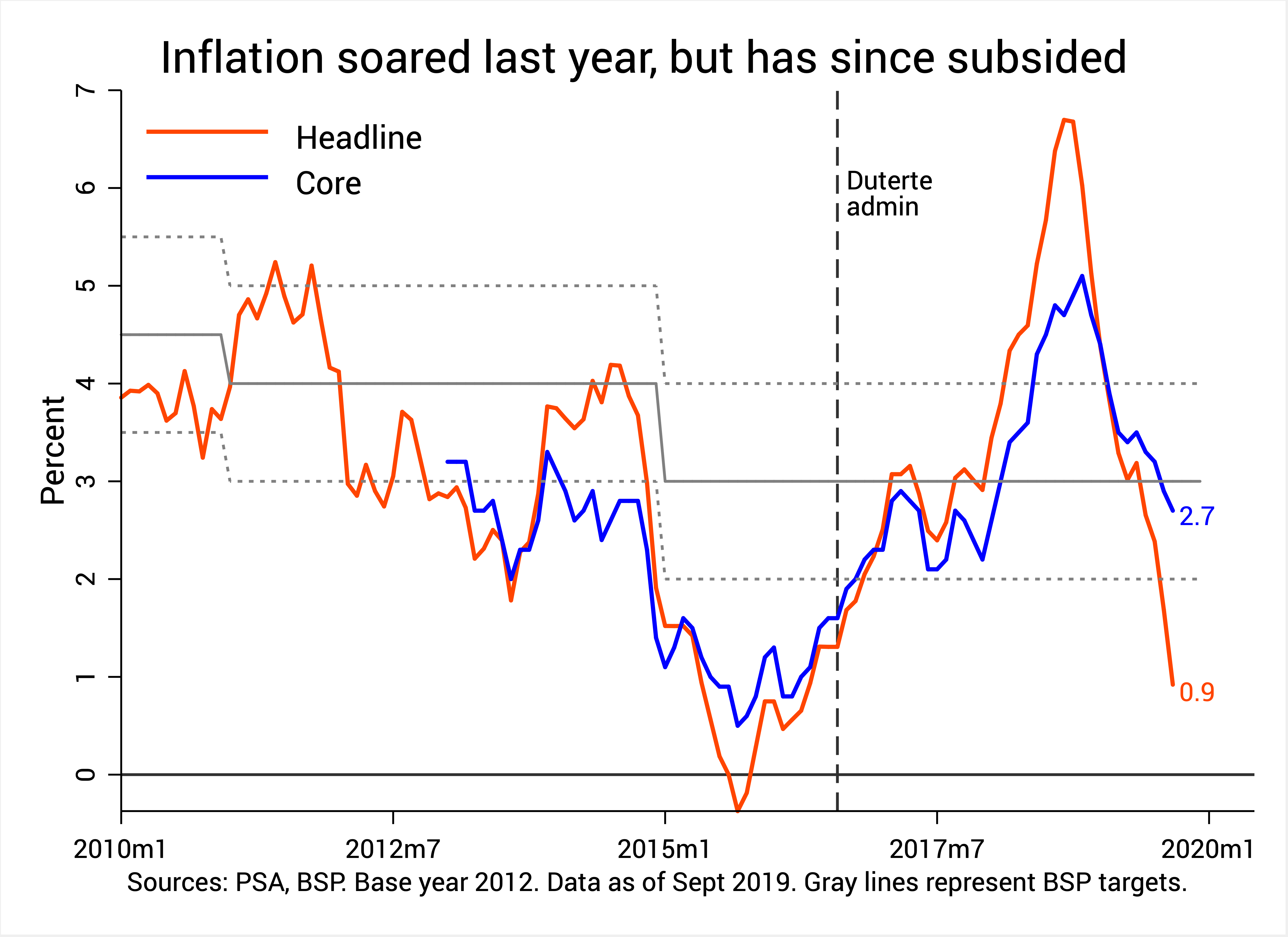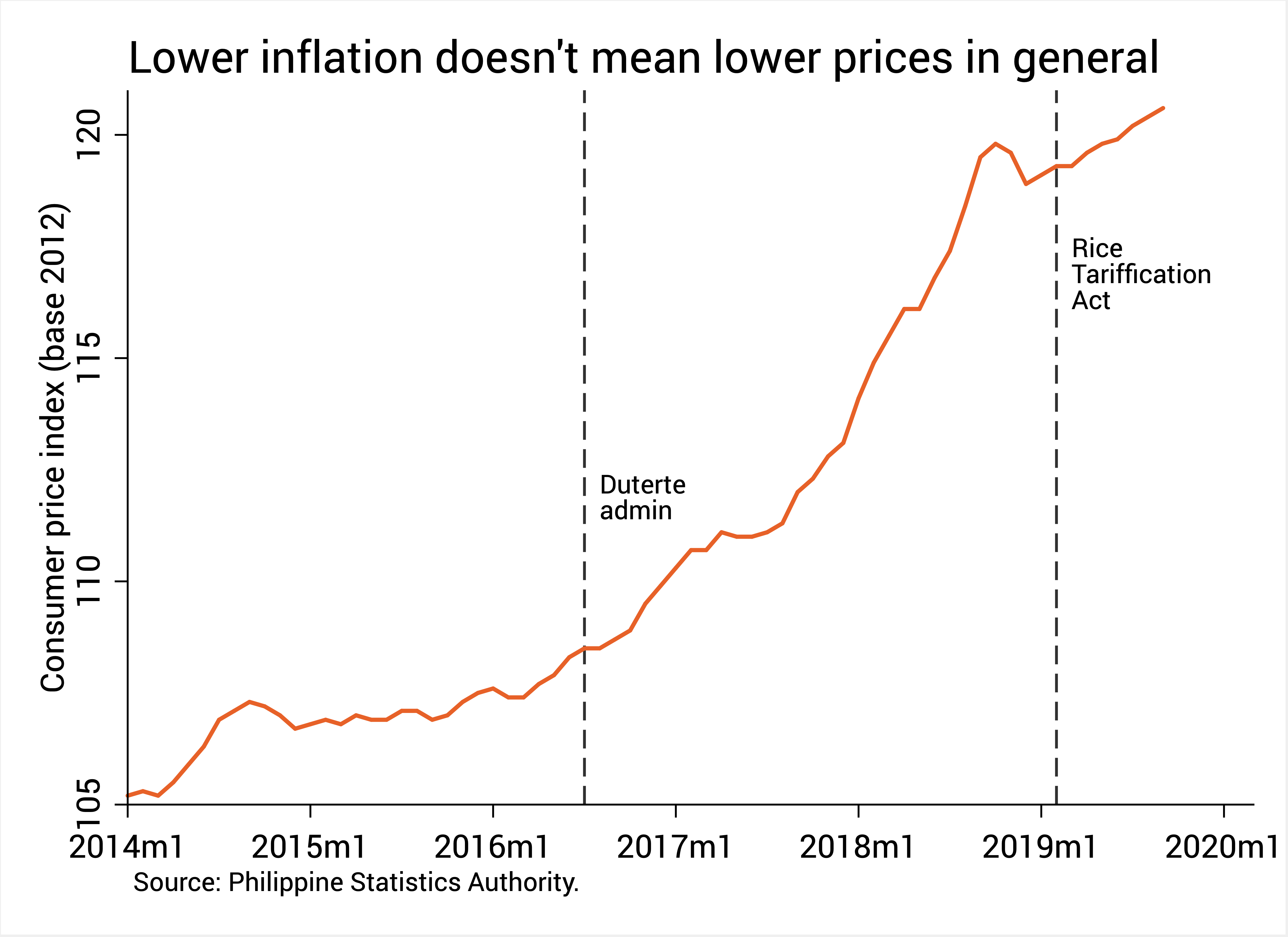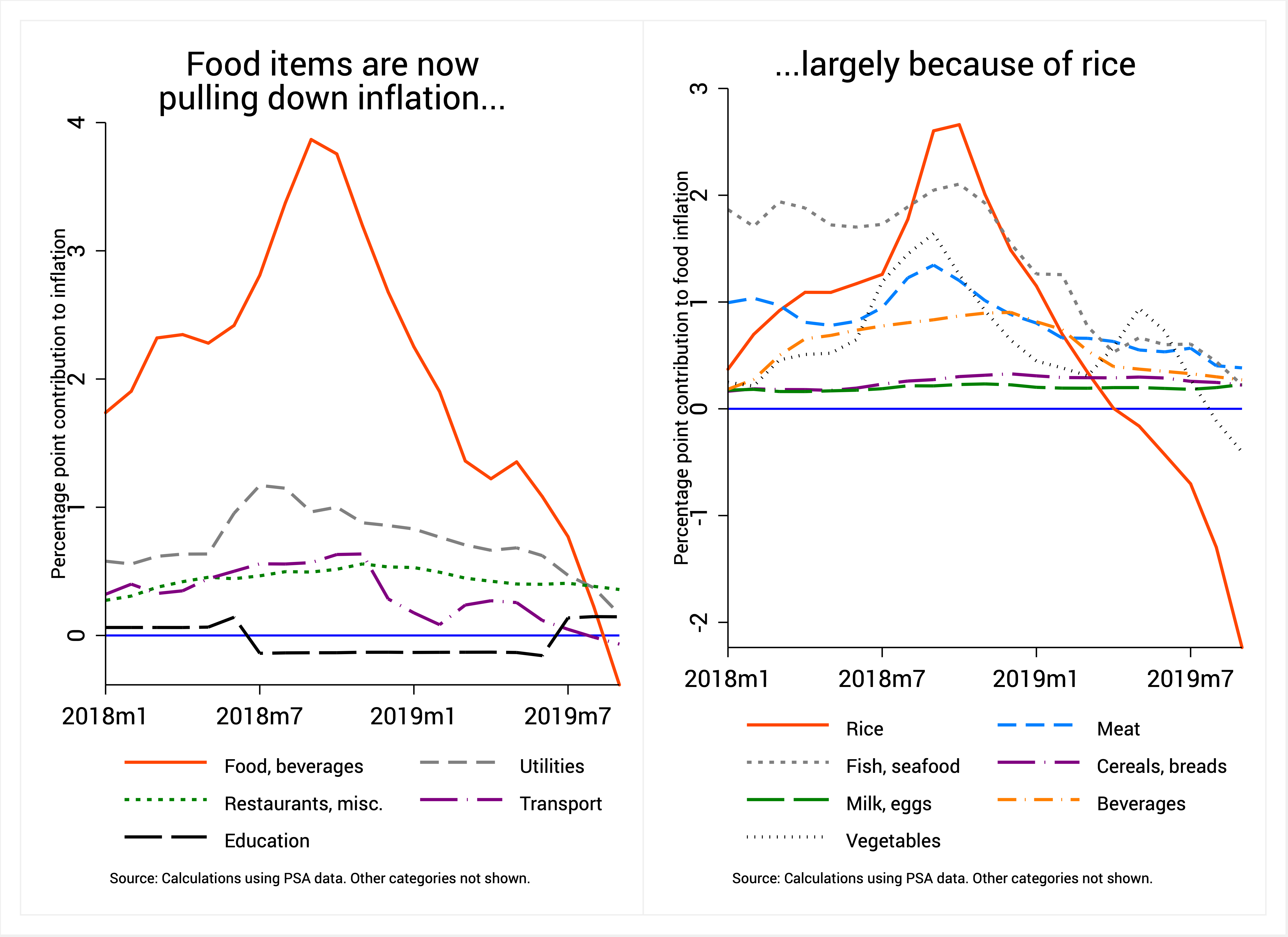Image may be NSFW.
Clik here to view.
Pitong taon nang naglulunsad ng Social Good Summit sa Maynila ang Rappler, katapat ng Social Good Summit na nagaganap sa iba’t ibang bahagi ng mundo. Sa katunayan, nagsisimula na ang SGS sa New York habang inilalathala ang editoryal na ito.
Kumbaga sa anak, magge-grade-one na ang bunso. Pero ano ang relevance nito?
Ang taunang SGS ay patunay na bilang isang news group, hindi lamang kami kuda nang kuda – may katapat itong gawa.
Pero higit diyan, ito ang buod ng aming commitment sa bayan – na bilang mga mamamahayag hindi lamang namin kayo hinahatiran ng tamang impormasyon at tinutulungang magpasya – narito rin kami upang maging bahagi ng solusyon.
Maraming problema ang bayan at kalakhan niyan ang dysfunctional na pulitika. Pero may mga nagbabadyang problemang umiigpaw sa pulitika, at ang tawag diyan ng mga eksperto ay “cascading collapse of ecosystems,” o ang magkakaugnay na pagguho ng mga ecosystem.
- Nasa gitna tayo ng isang global climate crisis. Ayon sa mga eksperto, 11 taon na lang ang nalalabi upang mapigilan natin ang pagragasa ng climate change. Pagtapak natin sa ikaapat na dekada sa siglong ito, irreversible na ang pagpapalit ng klima.
- Isa ang Pilipinas sa 5 bayang bumubuo ng kalahati ng plastic-waste leakage sa planeta.
- Laking parusa na rin ang buhay sa kalunsuran, dahil sa pagsisikip ng mga sentrong lunsod: andyan ang trapiko, polusyon, at kakulangan ng matinong pabahay.
- Habang naghahanap tayo ng lunas, nagiging sagabal ang nakalalasong bangayan sa digital platforms dahil naaagnas nito ang demokrasya.
#InsightForImpact ang isa sa mga hashtag ngayong taon. Ano ang mga insights mula sa summit?
- Ipinakita ng Save Arroceros Movement, na lumaban upang sagipin ang Arroceros Forest Park, na mahalaga ang maliliit na inisyatiba ng mga komunidad na magdudulot ng sariwang hangin, malulusog na alternatibo, at sustainable na pamumuhay.
- Gamit ang climate-smart agriculture, layon ng grupong UPROOT Urban Farms na paliitin ang wastage at spoilage ng pagkain. Nagsilbing tulay din ang grupo sa pagitan ng mga magsasaka at mamimiling nagbibigay istabilidad sa presyo ng bilihin at kita ng mga nagtatanim.
- Pinatunayan ng Junk Not Eco Creatives na may hanapbuhay sa pagre-recycle nang tinuruan nito ang mga komunudad na dati’y nagtatapon ng basura sa lawa ng Taal Batangas ng tamang waste management. Natuto rin ang komunidad na gumawa ng art furniture mula sa patapong plastic, scrap metal, at maging basyo ng bala mula sa Marawi.
- Ang plastics pollution ay hindi lamang environment problem – sa paglutas nito, mahalaga ang panlipunan at pang-ekonomikong approach.
- Ayon naman sa mga pinuno ng AltMobility, Sakay.ph, Thinking Machines, kailangang maintindihan muna natin ang patterns o kilos ng mga commuter bago tayo makagawa ng mainam na polisiya – pero mahirap ito dahil hindi pa nakaposisyon ang gobyerno para sa ganitong atake sa problema.
- Ayon kay Quezon City Mayor Joy Belmonte, lalala pa ang trapiko sa Metro Manila bago ito maibsan ng mga sabay-sabay na konstruksyon ng mga tren at mga kalsada. Ayon naman kay Manila Mayor Isko Moreno, susi ang adjustment sa lifestyle at pananaw na magtatawid sa atin sa panahong umaarangkada ang mga konstruksyon.
- Ang “SHE project” ng Oxfam Pilipinas ay naglalayong pigilan ang nakaaalarmang problema ng teen pregnancy na kaakibat ng kahirapan, giyera at kalamidad. Susi rin ang pagpapataas ng kaalaman ng kababaihan at komunidad sa sexual and reproductive health rights project. Nais din ng proyektong maiwasto ang pananaw na “taboo” at nakahihiyang pag-usapan ang sexual health.
Ilan lamang ito sa mga insights na nalinang sa SGS – magkahalong pagkabigo at panghihinayang – pero laging hitik sa pag-asa at pagbangon.
Sa pagtalakay ng ating kapaligiran, mahalagang talakayin din ang pinakabagong environment na nagrevolutionize ng ating mundo: ang internet.
Isa sa pinakamahalagang insight ay nanggaling sa keynote speaker na si Andrew Keen, ang tech enterpreneur na naging kritiko ng mga tech giants ng Silicon Valley. Siya ang sumulat ng aklat na Cult of the Amateur, na nagbuhos ng malamig na tubig sa optimism na sumalubong sa user-generated content, na ayon sa kanya'y, sumisira sa propesyonalismo. Tinawag niyang "epic failure" ang internet.
Sabi niya, “Ang trahedya ng internet, ng digital revolution, sa kabila ng potensyal nitong magbigay-liwanag, ay isinadlak tayo nito sa isang bagong 'dark age.' Hindi aksidente na kasabay ng digital revolution na ito ay ang panghihina ng demokrasya.”
Sa pagtatapos ng kanyang talumpati, sinabi ni Keen na sa loob ng digital revolution ay natigang ang pagtitiwala. Lugar na itong nagpapayabong sa disinformation.
Sabi niya, “We need to harness, control, and civilize the digital revolution.” (Kailangan nating linangin, kontrolin, at gawing sibilisado ang digital revolution.)
Isa na rito ang pagbabasura sa “anonymity” o kawalan ng beripikadong identity ng mga gumagamit ng internet.
Mahaba pa ang talakayan pagkatapos ng SGS, pero napakaraming #insightsforimpact dito na pagsisimulan.
Ngayon sa New York, pangungunahan ng 16-year-old climate change activist na si Greta Thunberg ang Youth Climate Summit. Pangunahin sa panawagan niya sa mga lider ng mga bansa: Kumilos!
Sa Maynila naman, matingkad ang isang mensahe – mula sa mga advocates ng recycling at zero waste, mula sa mga mayor ng naninikip na kalunsuran, mula sa internet critic – kailangan ng lifestyle change.
Mahaba pa ang talakayan pagkatapos ng SGS, pero napakaraming insight dito na maaaring pagsimulan. Samahan niyo kami sa tuluy-tuloy nating pagsusumikap na humanap ng solusyon para sa social good. – Rappler.com
Image may be NSFW.
Clik here to view.




